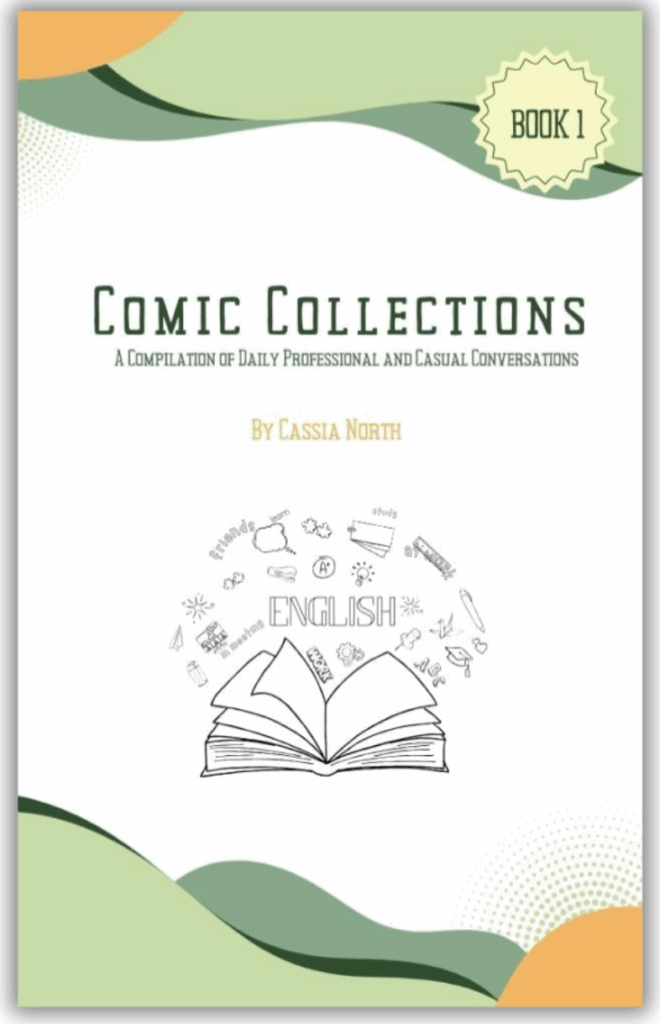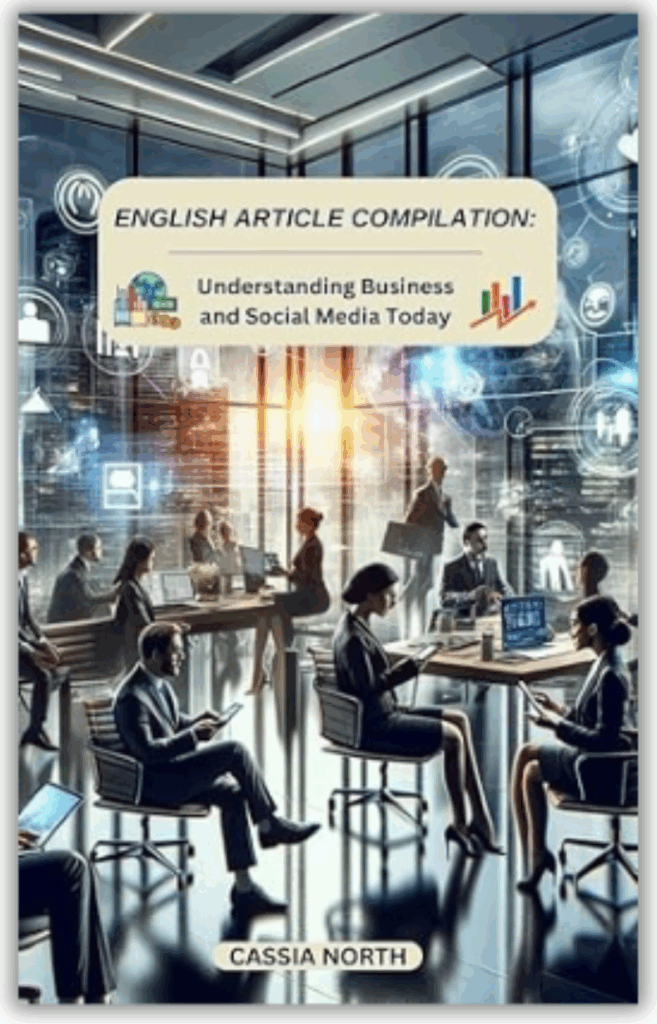
English Blogs
"Let's Learn, Explore, and Connect to the World"

Past Simple Tense 6
- Tokita Akira
- Basic English Grammar Blog

VI. Expanding Your Practice with the Past Simple Tense
To master the past simple tense, varied and consistent practice is crucial. Here are some effective strategies and resources to help you expand your practice and deepen your understanding of this essential aspect of English grammar.
Interactive Exercises and Activities
 Narrating Past Events: Practice recounting events from your past, such as a memorable trip or a significant life event. This exercise helps in applying the past simple tense to real-life situations.
Narrating Past Events: Practice recounting events from your past, such as a memorable trip or a significant life event. This exercise helps in applying the past simple tense to real-life situations.
 Reading and Analyzing: Read short stories or historical accounts, and identify the verbs in the past simple tense. Analyze how they are used to describe actions and events.
Reading and Analyzing: Read short stories or historical accounts, and identify the verbs in the past simple tense. Analyze how they are used to describe actions and events.
 Writing Exercises: Write about your typical day, but in the past tense. This can help you practice converting present actions into their past form, enhancing your understanding of the tense.
Writing Exercises: Write about your typical day, but in the past tense. This can help you practice converting present actions into their past form, enhancing your understanding of the tense.
Practical Application in Daily Life
 Journaling: Keep a journal where you write about your daily activities, but in the past tense. This practice helps in reinforcing the use of the tense in describing everyday events.
Journaling: Keep a journal where you write about your daily activities, but in the past tense. This practice helps in reinforcing the use of the tense in describing everyday events.
 Movie and Book Reviews: After watching a movie or reading a book, write a review in the past tense. Focus on describing the plot and characters using the past simple tense.
Movie and Book Reviews: After watching a movie or reading a book, write a review in the past tense. Focus on describing the plot and characters using the past simple tense.
Conclusion
 Expanding your practice of the past simple tense through diverse exercises, utilizing resources, and applying it in real-life contexts is key to achieving proficiency. These activities not only reinforce your understanding but also enhance your ability to use the tense naturally in conversation and writing.
Expanding your practice of the past simple tense through diverse exercises, utilizing resources, and applying it in real-life contexts is key to achieving proficiency. These activities not only reinforce your understanding but also enhance your ability to use the tense naturally in conversation and writing.
Latest Blogs

Present Simple Tense 1
English Blogs “Let’s Learn, Explore, and Connect to the World” Present Simple Tense 1 I. Introduction to the Present Simple Tense in English Mastering the

Present Simple Tense 2
English Blogs “Let’s Learn, Explore, and Connect to the World” Present Simple Tense 2 II. Understanding the Present Simple Tense Definition and Structure At its
Reading comprehension quiz
Check out our books and more!

Comic Collections : A Compilation of Daily Professional and Casual Conversations (Book 2)
Master conversation with ‘Comic Collections’ (Book 2) by Cassia North. A fun, insightful guide to professional and casual communication, packed with engaging comics and practical tips for every interaction!
Check out our Blogs!
Read our everyday blogs and gain new knowledge, skills, and inspiration to support your learning journey here in SEKAEL.


Learn through Common English Errors Blogs by recognizing and correcting everyday grammar and usage mistakes.







 Specific Time in the Past: Use the past simple tense when referring to a specific time in the past, whether it’s yesterday, last week, in 2000, or a moment ago.
Specific Time in the Past: Use the past simple tense when referring to a specific time in the past, whether it’s yesterday, last week, in 2000, or a moment ago. Completed Actions: Remember, the past simple is ideal for actions that started and finished in the past.
Completed Actions: Remember, the past simple is ideal for actions that started and finished in the past. Past Habits: For habits or routines that happened in the past and no longer exist, the past simple tense is the correct choice.
Past Habits: For habits or routines that happened in the past and no longer exist, the past simple tense is the correct choice. Incorrect Verb Form: Regular verbs form their past tense by adding -ed, but watch out for irregular verbs, which have unique past forms.
Incorrect Verb Form: Regular verbs form their past tense by adding -ed, but watch out for irregular verbs, which have unique past forms. Overusing ‘Did’ in Affirmative Sentences: Remember, ‘did’ is used only in negative sentences and questions. Avoid using it in affirmative past simple sentences.
Overusing ‘Did’ in Affirmative Sentences: Remember, ‘did’ is used only in negative sentences and questions. Avoid using it in affirmative past simple sentences. Confusing Past Simple with Present Perfect: The past simple is used for completed actions in the past with a specific time reference, whereas the present perfect is used for actions that have relevance to the present or when the time is not specified.
Confusing Past Simple with Present Perfect: The past simple is used for completed actions in the past with a specific time reference, whereas the present perfect is used for actions that have relevance to the present or when the time is not specified. Consistent practice is the key to mastering the past simple tense. Engage in exercises like rewriting present tense sentences in the past tense, filling in the blanks with the correct past tense verbs, and narrating past events.
Consistent practice is the key to mastering the past simple tense. Engage in exercises like rewriting present tense sentences in the past tense, filling in the blanks with the correct past tense verbs, and narrating past events. Familiarize yourself with common irregular verbs and their past forms. Some frequently used irregular verbs include go (went), see (saw), and take (took).
Familiarize yourself with common irregular verbs and their past forms. Some frequently used irregular verbs include go (went), see (saw), and take (took). The past simple tense is a fundamental aspect of English grammar, essential for talking about past events. Understanding its proper use and common errors can significantly enhance your ability to narrate past experiences and actions accurately. Regular practice and attentiveness to these guidelines will improve your proficiency in using the past simple tense.
The past simple tense is a fundamental aspect of English grammar, essential for talking about past events. Understanding its proper use and common errors can significantly enhance your ability to narrate past experiences and actions accurately. Regular practice and attentiveness to these guidelines will improve your proficiency in using the past simple tense.













 Forming questions and negatives correctly in the past simple tense is crucial for conveying accurate and clear information about past events. By understanding and practicing these structures, you can greatly enhance your ability to communicate effectively in English, particularly when discussing past experiences or events.
Forming questions and negatives correctly in the past simple tense is crucial for conveying accurate and clear information about past events. By understanding and practicing these structures, you can greatly enhance your ability to communicate effectively in English, particularly when discussing past experiences or events.












 The past simple tense is vital for discussing past events, habits, and general truths. Its ability to clearly communicate completed actions and past routines makes it an indispensable part of the English language. With practice, using the past simple tense becomes intuitive, allowing for effective and accurate descriptions of past experiences and events.
The past simple tense is vital for discussing past events, habits, and general truths. Its ability to clearly communicate completed actions and past routines makes it an indispensable part of the English language. With practice, using the past simple tense becomes intuitive, allowing for effective and accurate descriptions of past experiences and events.


 The past simple tense is primarily used to talk about actions or events that were completed in the past. It is one of the most commonly used tenses in English, essential for discussing history, telling stories, or even sharing what you did yesterday.
The past simple tense is primarily used to talk about actions or events that were completed in the past. It is one of the most commonly used tenses in English, essential for discussing history, telling stories, or even sharing what you did yesterday.








 Understanding the formation and basic rules of the past simple tense is crucial for accurately discussing past events. This tense is a key component of effective communication in English, providing a clear and straightforward way to talk about completed actions. In the following sections, we will delve deeper into the uses of the past simple tense, offering insights and examples to enhance your understanding and usage.
Understanding the formation and basic rules of the past simple tense is crucial for accurately discussing past events. This tense is a key component of effective communication in English, providing a clear and straightforward way to talk about completed actions. In the following sections, we will delve deeper into the uses of the past simple tense, offering insights and examples to enhance your understanding and usage.


 The past simple tense is a fundamental aspect of English grammar, playing a crucial role in narrating past events and experiences. Its mastery is essential for anyone learning English, as it provides the means to recount stories, describe completed actions, and express past habits and generalizations. This tense forms the backbone of historical storytelling and is indispensable in both everyday conversation and written language.
The past simple tense is a fundamental aspect of English grammar, playing a crucial role in narrating past events and experiences. Its mastery is essential for anyone learning English, as it provides the means to recount stories, describe completed actions, and express past habits and generalizations. This tense forms the backbone of historical storytelling and is indispensable in both everyday conversation and written language. For learners of English, particularly those from language backgrounds with different approaches to expressing time, the past simple tense can present unique challenges. Its proper use involves not only memorizing the past forms of verbs – both regular and irregular – but also understanding the contexts in which this tense is appropriately employed. This can be a significant step in overcoming language barriers and gaining proficiency in English.
For learners of English, particularly those from language backgrounds with different approaches to expressing time, the past simple tense can present unique challenges. Its proper use involves not only memorizing the past forms of verbs – both regular and irregular – but also understanding the contexts in which this tense is appropriately employed. This can be a significant step in overcoming language barriers and gaining proficiency in English. In this article, we will explore the intricacies of the past simple tense, including its formation, uses, and the nuances of creating questions and negative sentences. We aim to provide a comprehensive guide enriched with practical examples and tips, enabling learners to confidently and accurately use the past simple tense. By the end of this piece, readers will have a deeper understanding and enhanced ability to recount past events and express themselves in the past tense, a vital skill in the journey towards English fluency.
In this article, we will explore the intricacies of the past simple tense, including its formation, uses, and the nuances of creating questions and negative sentences. We aim to provide a comprehensive guide enriched with practical examples and tips, enabling learners to confidently and accurately use the past simple tense. By the end of this piece, readers will have a deeper understanding and enhanced ability to recount past events and express themselves in the past tense, a vital skill in the journey towards English fluency.